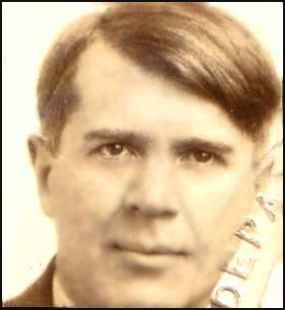

 |
 |
|
1930 Transport Pilot's License Collection of Rob Grant, 3-5-06 |
1927 Aircraft Mechanic's ID Collection of Rob Grant, 3-5-06 |
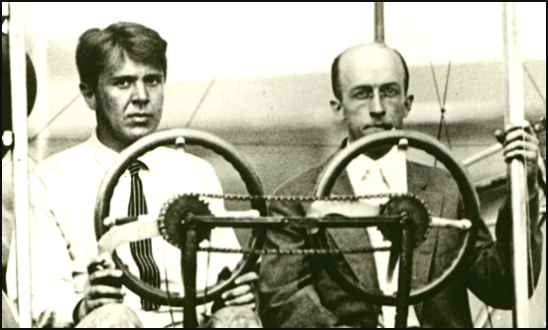 |
 |
|
Here is a family photo of Howard Reinhart flying a Wright Flyer with my grandfather O.L. Harrison taken in Dayton in 1909. Collection of Tim Gardner, 12-19-05 |
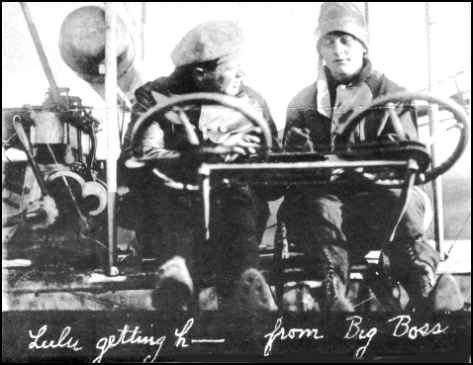 |
|
Contributed by Rob Grant, 1-11-12 Editor's Note:Please contact me if you can help us to identify "Lulu". |
|
|
|
Seems like the last we saw of Howard on the eastern seaboard was at Mineola in the summer of 1916 teaching for the Wright Company. In the fall he sold Deeds and Kettering the idea of airplane manufacturing and Dayton-Wright was the result. A couple of experimental tractors were built when the w. k. war put the company into the DH business---on what a scale? After the war the company built a commercialized version of the DH and the OW (Orville Wright) coupe for the civil market. Then came the Rinehart-Baumann Gordon Bennett racer of 1920. Upon his return from Europe after eight months of survey he went with Wright Aeronautical Corporation.. Abroad again, eventually bringing back, among other items, an all-metal Dornier which he demonstrated for the company at Mineola. He and Bernard L. Whelan then formed the Rinehart-Whelan Company and began work on the everyman's airplane. They completed and flew, 1927-1930, a prototype of an all-metal monoplane, including its own engine, capable of being marketed in the $1,200 class on a production basis. The alleged depression put a crimp in this. Whelan had already joined Pratt & Whitney and Howard departed again for the Amazon to rest up. However, he was practically an Amazonian to begin with. From 1905 he had been engaged in establishing radio stations between Para and Manaos, and in Rio, for the United Wireless Corporation. When a Frenchman appeared with a Bleriot at Manaos in 1912, Rinehart wired Commodore Benedict his resignation, packed his bag and took the first boat for Para and home to Dayton, where he induced Fatty Barnes to sell him a course. He learned to fly under Oscar Brindley and was finished off by Orville Wright himself. After a short while with Berger's exhibition team, along with Roy Waite and Arch Freeman, not to mention a sojourn with Villa in Mexico, he took charge of the Wright Brothers' School at Dayton, after the Wright Company had been sold back, and stayed there until the establishment of the second Wright company in New York, later Wright-Martin; and that brings us back to 1916 again. In one of these exhibition tours between flying school terms, Rinehart was catapulted out of the Wright, which then turned over in the air. Rinehart came to on the under camber of the top wing and rode the plane down, helpless, till one wing contacted a convenient monument and the other wing another, in the Lynchburg, Virginia, cemetery. courtesy of Steve Remington - CollectAir |
 |
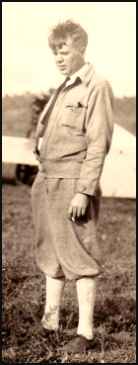 |
|
|
Collection of Mary Anne Whelan Courtesy of Rob Grant, 3-5-06 |
|
courtesy of Steve Remington - CollectAir |
|
From Blue Ribbon of the Air by Henry Serrano Villard, 1987 Editors Note: I was privileged to know Henry during several years before his death. He was an fascinating companion and a lifetime friend of aviation. I heartily recommend his book to you for more on Rinehart and for the complete story of the Gordon Bennett Race. |
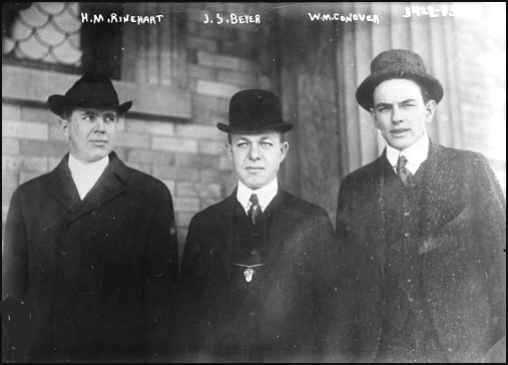 |
Courtesy of Rob Grant, 1-28-08 Library of Congress Collection, 9-25-07 |
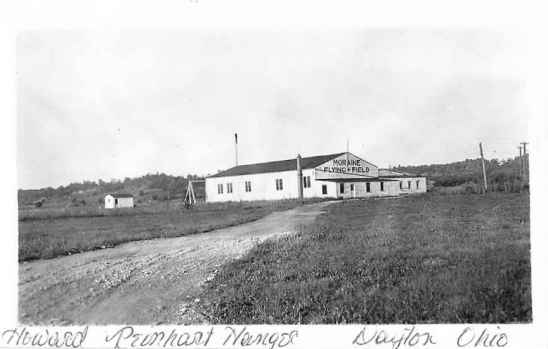 |
Going through some of my late Father's pictures, I came across a picture from Moraine Flying Field that has Howard Reinhart Hanger on the front and back of the picture. My guess is that it's from the 40's, which is about when my Father was involved in aviation. Thanks for your time! Beverly Pylman" |

 |